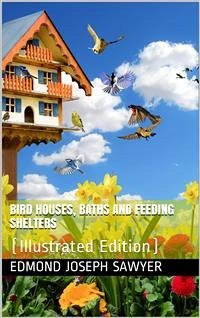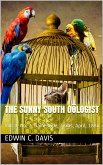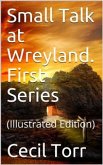Bird Houses, Baths and Feeding Shelters How to Make and Where to Place Them Most species of the smaller birds which nest in hollow trees, and therefore in bird houses, suffer seriously from intrusion by English Sparrows and European Starlings. These two species, nesting in similar locations and being prolific, tend to take up all available nesting cavities, even ejecting native birds which have built or begun to build. This condition, already serious, may become far more baneful than we are as yet able to realize. It may even contribute to the eventual extinction of Bluebirds, Crested Flycatchers, and Purple Martins unless we provide nesting sites sufficient in number and suitable in kind for all. The number of natural nesting sites is already far below that required by these birds, and yet the Starlings in particular are increasing alarmingly. There is no way to determine when a final adjustment or balance will be reached or what the numerical status of our native bird-house dwellers will be when such balance shall have been attained. In the case of the native species named above, we can at least help by providing proper nesting boxes which will induce the birds to concentrate about our houses, where the European Starling and the English Sparrow menace may be more easily and effectively met than elsewhere. The reader should note that the imported English Sparrow, which is in reality a weaver finch and unrelated to our tuneful native sparrows, is the only “sparrow” east of the Rocky Mountains that nests in holes or bird houses. The shyer, more desirable, native species are invariably harmless and should be both protected and encouraged. The smaller of the bird-house species, such as the House Wren, Tree Swallow, Black-capped Chickadee, White-breasted Nuthatch, and Tufted Titmouse are less affected by the intruders. These smaller birds can use, and usually select, cavities with openings too small for either Starling or English Sparrow to enter. However, there is still a distinct practical advantage in providing proper boxes for House Wrens and other small species. In many instances these birds fail to find places safe from the ubiquitous English Sparrow and European Starling, which then proceed in their well-known manner to work destruction. A properly made wren house, chickadee house, or swallow house can be absolutely safe from the foreign invaders.
Bitte wählen Sie Ihr Anliegen aus.
Rechnungen
Retourenschein anfordern
Bestellstatus
Storno









